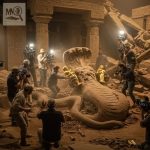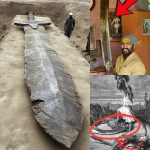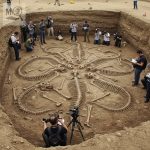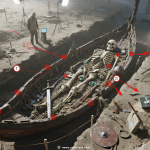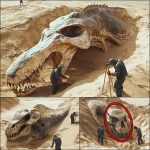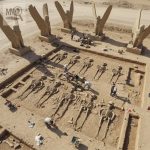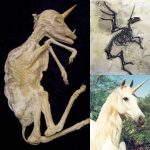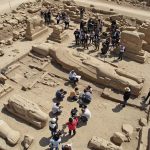DISCOVERED! The Tomb of a 12,000-Year-Old Anunnaki King Unearthed
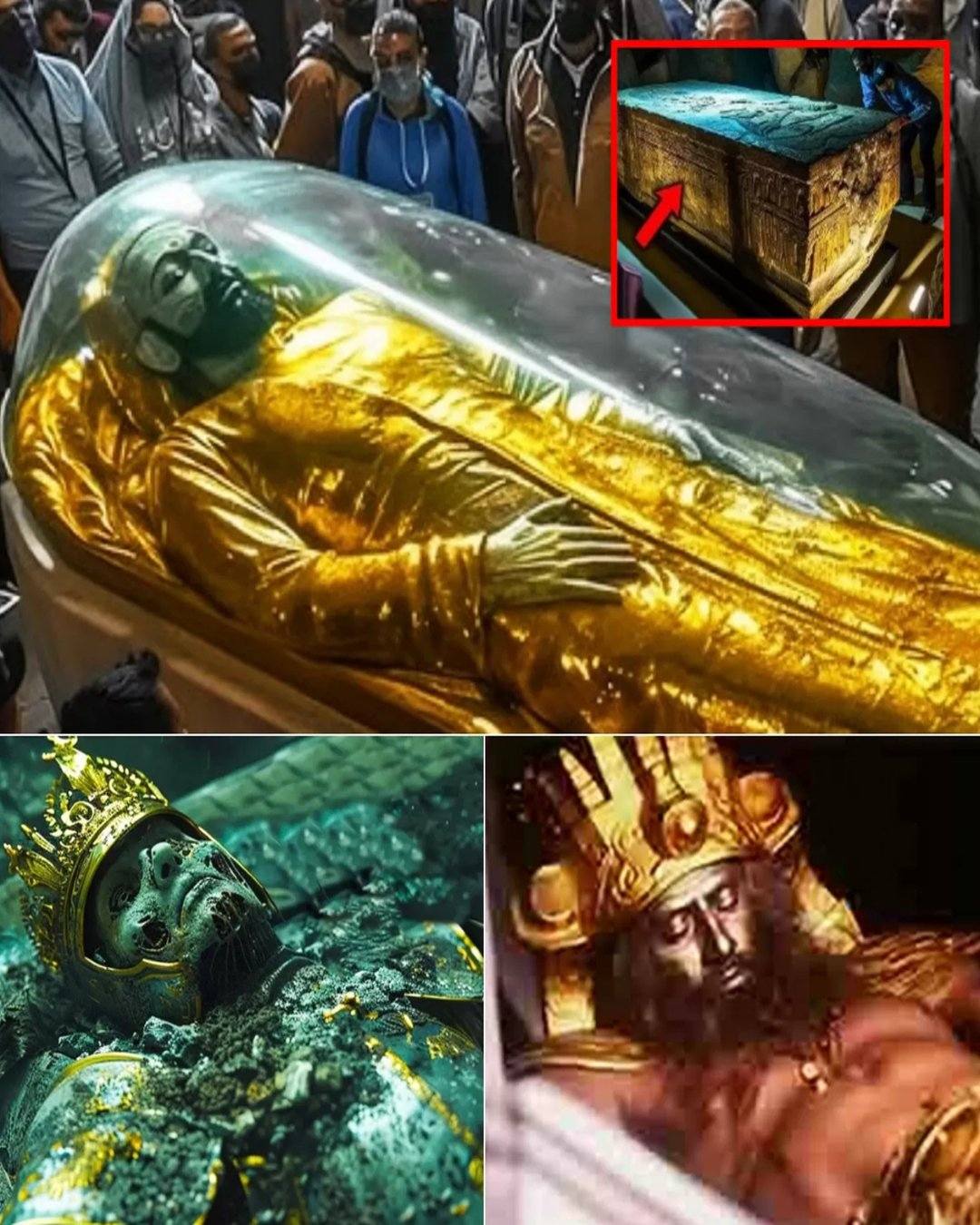
For decades, the Anunnaki have occupied a mysterious space between history, archaeology, and myth. Originating from the ancient Sumerian pantheon, these deities—or possibly legendary rulers—have been the subject of countless theories about lost civilizations and extraterrestrial contact. Now, a new discovery is sparking worldwide fascination: the reported unearthing of a 12,000‑year‑old tomb said to belong to an “Anunnaki king.” While the find remains under intense study, its implications could challenge how we understand humanity’s earliest civilizations.
A Discovery That Captivates the World

According to early reports, scientists at an undisclosed excavation site have uncovered an elaborately constructed tomb containing a body adorned with gold and intricate artifacts. The burial chamber, buried deep beneath layers of earth, appears to predate known ancient Mesopotamian structures by millennia. If verified, this would make it one of the oldest monumental burials ever found—an archaeological anomaly that is already generating headlines across the globe.
Inside the tomb are carvings and inscriptions reminiscent of Sumerian iconography: winged figures, celestial motifs, and symbols often associated with the Anunnaki in ancient texts. Researchers are examining the artifacts to determine their origin, composition, and potential cultural links to known civilizations. Early analyses suggest a level of craftsmanship and organization that would be extraordinary for the period in question.
The Myth and the Mystery

The Anunnaki are traditionally described in Sumerian mythology as powerful beings who played a role in creating and shaping humanity. Over time, these myths have inspired countless alternative theories about advanced prehistoric civilizations and even extraterrestrial influence. The alleged discovery of an “Anunnaki king” tomb is fueling these debates, reigniting public interest in one of history’s most enduring mysteries.
Skeptics urge caution, emphasizing the need for peer-reviewed evidence and rigorous dating methods before drawing conclusions. While the artifacts are undoubtedly striking, definitive proof linking the tomb to an actual “Anunnaki” ruler remains elusive. Nevertheless, the find highlights how myths and archaeology intersect, opening doors to fresh interpretations of ancient texts and oral traditions.
Bridging Myth and Archaeology
Whether or not the tomb truly belonged to a being once called “Anunnaki,” its discovery underscores the richness of humanity’s deep past. It suggests that our ancestors may have had complex societies, spiritual practices, and monumental architecture long before the rise of known civilizations. For historians and archaeologists, this site is an unprecedented opportunity to study artifacts that could reshape timelines and cultural narratives.
Conclusion
The reported unearthing of a 12,000‑year‑old Anunnaki king’s tomb has sparked equal measures of excitement and skepticism. While definitive conclusions await further research, the discovery draws attention to the mysteries still buried beneath our feet—and to the possibility that legends, however extraordinary, may contain echoes of historical truth. As scientists analyze the artifacts and inscriptions, the world watches closely, eager to see whether this find will rewrite what we know about ancient civilizations and their myths.
